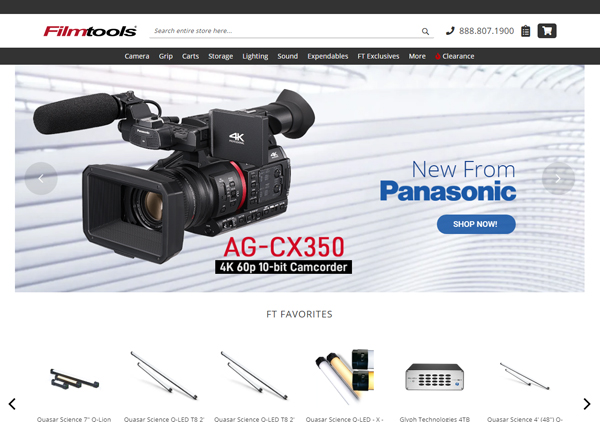Before digital video cameras emerged, visual FX artists had to manage with film grain. And now that we have digital video cameras with increasingly high resolutions, we also have noise. Even the best video cameras record surprisingly noisy images, and dealing with that noise is something that visual FX artists need to do.
For After Effects users there’s a range of denoising solutions available. The “Remove Grain” plugin comes with After Effects, although it’s not 32-bit compatible and feels a bit old. Both Red Giant and Neat Video make more advanced denoising plugins, with Topaz Video AI offering denoising options as part of a stand-alone application.
But it’s one thing to use a plugin to remove noise & grain from images, it’s another thing to put it back again when part of a larger VFX pipeline. You can’t just get rid of the noise and then forget about it.
So here’s a quick guide on how to do it:
The video references a few external links, so here they are.
A few years ago I posted a series on Advanced Chromakey, which looked at denoising as part of the pre-processing stage. You can find part 1 in the series here.
Within my long series on color management, I looked at linear compositing and why it’s important. Using a linear workspace is important for the simple workflow outlined above.
For 3rd party solutions, my own preference is to use Neat Video Denoiser, which is currently up to version 6.
However you can also check out the Red Giant options, as well as Topaz Video AI.
And if you’re interested in the original screen replacement tutorial which uses the same clip, then you can check that out here.

Filmtools
Filmmakers go-to destination for pre-production, production & post production equipment!
Shop Now













